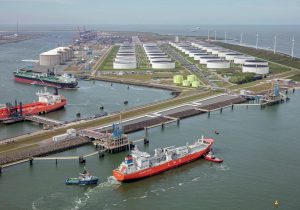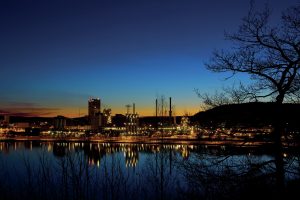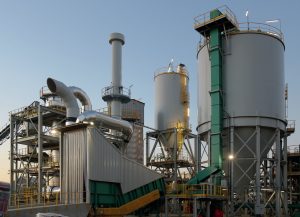Nitrogen Industry News Roundup
The International Fertilizer Association (IFA) has signed a memorandum of understanding with the United Nations Food and Agriculture Organisation (FAO) over collaboration to support the FAO’s vision of transformative change and innovation in agriculture. Svein Tore Holsether, IFA Chair, signed the agreement at a live virtual signing in December together with FAO deputy director general Beth Bechdol. The agreement outlines collaboration to further shared goals and objectives with regard to the promotion of sustainable food and agriculture. Both parties will work together to raise awareness about the International Code of Conduct for the Sustainable Use and Management of Fertilizers (Fertilizer Code), promote education and knowledge transfer and continue their successful collaboration on fertilizer statistics.









